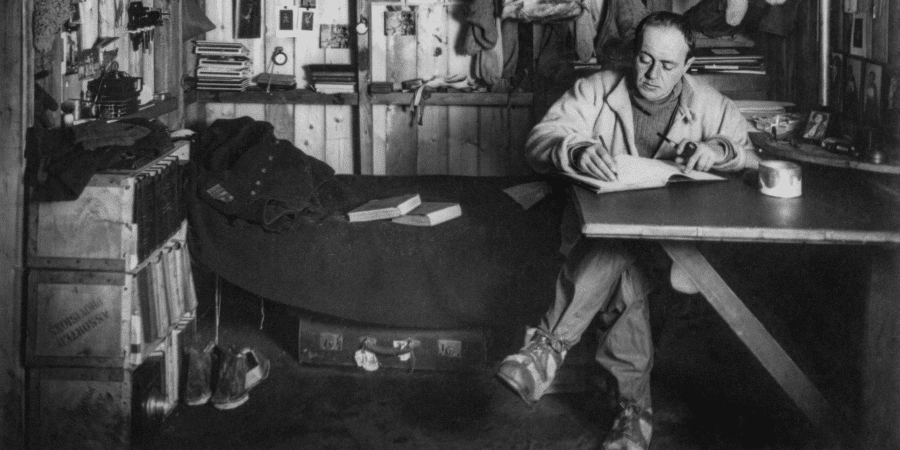Method acting is a renowned approach to acting that has left an indelible mark on the world of cinema and theater. Developed in the early 20th century by practitioners such as Konstantin Stanislavski, Lee Strasberg, and Stella Adler, method acting revolutionized the way actors approached their craft, emphasizing emotional authenticity, psychological realism, and immersive character exploration. In this article, we delve into the intricacies of method acting, exploring its techniques, principles, and impact on the world of performing arts.
Understanding the Fundamentals of Method Acting
At its core, method acting is based on the belief that actors should draw upon their own personal experiences and emotions to fully inhabit the characters they portray. This approach requires actors to delve deep into the psyche of their characters, exploring their motivations, desires, and inner conflicts in order to portray them with honesty and depth. Method actors often engage in extensive research and preparation, immersing themselves in the world of their characters and adopting their mannerisms, speech patterns, and physicality.
Techniques Employed by Method Actors
Method acting encompasses a variety of techniques and exercises designed to help actors tap into their emotional reservoirs and connect with their characters on a profound level. One of the most famous techniques associated with method acting is “emotional memory,” in which actors recall past experiences or emotions that parallel those of their characters. Other techniques include sense memory, in which actors use their five senses to evoke emotional responses, and improvisation, which allows actors to explore their characters in spontaneous and unscripted ways.
The Influence of Method Acting on Performance
Method acting has had a profound impact on the world of performance, influencing the way actors approach their roles and the way audiences engage with the characters they portray. By emphasizing emotional authenticity and psychological depth, method actors are able to create performances that resonate with audiences on a visceral level, eliciting empathy, understanding, and connection. The immersive and transformative nature of method acting allows actors to inhabit their characters with a sense of truth and humanity that transcends the boundaries of the stage or screen.
Criticisms and Controversies Surrounding Method Acting
While method acting has been celebrated for its groundbreaking approach to performance, it has also been met with criticism and controversy. Some critics argue that the intense emotional and psychological demands of method acting can take a toll on actors’ mental and emotional well-being, leading to issues such as burnout, substance abuse, and difficulty separating themselves from their characters. Additionally, there have been concerns raised about the potential for method acting to overshadow other styles and approaches to performance, limiting the diversity and range of acting techniques employed in the industry.
Revolutionizing Entertainment
Method acting stands as a cornerstone of the performing arts, challenging actors to delve deep into the complexities of human experience in order to breathe life into their characters. By emphasizing emotional authenticity, psychological realism, and immersive character exploration, method acting has revolutionized the way actors approach their craft and the way audiences engage with their performances. While it may be met with criticism and controversy, there is no denying the profound impact that method acting has had on the world of cinema, theater, and beyond.














